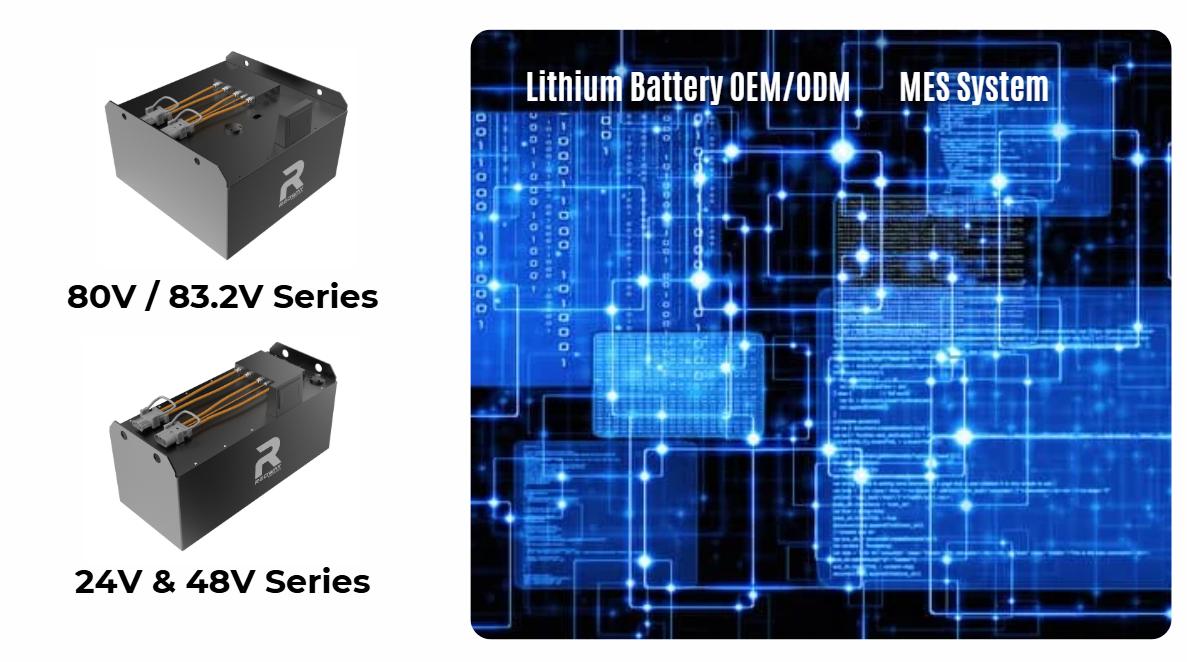
Understanding Safety and Storage Concerns for LiFePO4 Batteries
LiFePO4 batteries, known for their safety and efficiency, raise important questions regarding their charging methods, storage requirements, and fire safety. Unlike traditional batteries, LiFePO4 batteries do not need to be vented and can be charged with standard chargers if compatible. Understanding how to store these batteries properly and addressing fire safety concerns is essential for optimal use.
Do LiFePO4 Batteries Need to Be Vented?
LiFePO4 batteries do not require venting in the same way that traditional lead-acid batteries do. This is primarily due to their stable chemistry, which does not produce harmful gases during normal operation. Unlike lead-acid batteries that emit hydrogen gas, LiFePO4 batteries operate safely in enclosed spaces without the risk of gas buildup, making them suitable for various applications.Chart: Ventilation Needs of Different Battery Types
| Battery Type | Ventilation Requirement |
|---|---|
| LiFePO4 | No ventilation needed |
| Lead-Acid | Requires ventilation |
| AGM | Requires ventilation |
Can You Charge a LiFePO4 Battery with a Normal Charger?
You can charge a LiFePO4 battery with a normal charger, but it is crucial that the charger is compatible with lithium-ion technology. Standard lead-acid chargers are not suitable as they may overcharge the battery, leading to potential damage. It’s best to use a charger specifically designed for LiFePO4 batteries to ensure safe and efficient charging.
How Should You Store LiFePO4 Batteries?
Store LiFePO4 batteries in a cool, dry place away from direct sunlight and moisture. The ideal temperature range is between 0°C and 25°C (32°F to 77°F). Charge the battery to about 50-60% before storage and periodically check its state of charge to prevent deep discharge. Proper storage of LiFePO4 batteries is vital for maintaining their performance and longevity:
- Temperature: Store in a cool, dry place away from direct sunlight, ideally between 10°C (50°F) and 25°C (77°F).
- Charge Level: Keep the battery at around 50% state of charge for long-term storage.
- Environment: Avoid areas with high humidity or extreme temperatures to prevent degradation.
Chart: Recommended Storage Conditions for LiFePO4 Batteries
| Condition | Recommendation |
|---|---|
| Temperature | Store between 10°C (50°F) and 25°C (77°F). |
| Charge Level | Maintain around a 50% state of charge. |
| Environment | Keep in a cool, dry location away from flammables. |
Do LiFePO4 Batteries Catch Fire?
LiFePO4 batteries have a significantly lower risk of catching fire compared to other lithium-ion chemistries. Under normal operating conditions, they are stable and resistant to thermal runaway. However, like any battery, they can catch fire if subjected to extreme conditions such as physical damage or improper charging. Proper usage and monitoring are essential to minimize risks.Chart: Fire Risk Comparison of Lithium Battery Types
| Battery Type | Fire Risk Level |
|---|---|
| LiFePO4 | Low |
| Lithium-Ion (NMC) | Moderate |
| Lead-Acid | Low |
What Are the Charging Safety Measures for Lithium Batteries?
To ensure safety when charging lithium batteries, always use the manufacturer-approved charger to prevent overcharging. Avoid charging in hot or humid environments, and never charge damaged or leaking batteries. Keep a fire extinguisher nearby, and monitor the charging process to detect any signs of abnormal heating or swelling. Charging safety for lithium batteries involves several key practices:
- Use Compatible Chargers: Always use chargers designed for the specific battery chemistry.
- Monitor Charging Conditions: Ensure that the charging environment is cool and dry.
- Avoid Overcharging: Use chargers with built-in protection against overcharging.
- Regular Inspections: Periodically check battery health and connections.
Chart: Best Practices for Charging Lithium Batteries
| Practice | Description |
|---|---|
| Use Compatible Chargers | Ensure chargers match battery specifications. |
| Monitor Conditions | Charge in a cool, dry environment. |
| Avoid Overcharging | Use chargers with overcharge protection features. |
| Regular Inspections | Check battery health periodically for issues. |
Expert Views
“LiFePO4 batteries represent a significant advancement in battery technology due to their inherent safety features,” states an expert in energy storage solutions. “Understanding how to store and charge them properly can greatly enhance their lifespan and reliability.”
Frequently Asked Questions
- Do I need to vent my LiFePO4 batteries?
No, LiFePO4 batteries do not require venting due to their stable chemistry. - Can I use any charger for my LiFePO4 battery?
You should use a charger specifically designed for lithium-ion technology; standard lead-acid chargers are not suitable. - How should I store my LiFePO4 batteries?
Store them in a cool, dry place at around 50% charge level to maximize longevity. - Are LiFePO4 batteries safe from catching fire?
Yes, they have a low risk of catching fire under normal conditions but should still be handled properly. - What safety measures should I follow when charging?
Use compatible chargers, monitor charging conditions, avoid overcharging, and conduct regular inspections.
